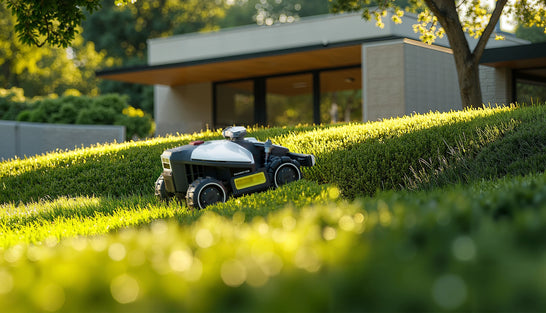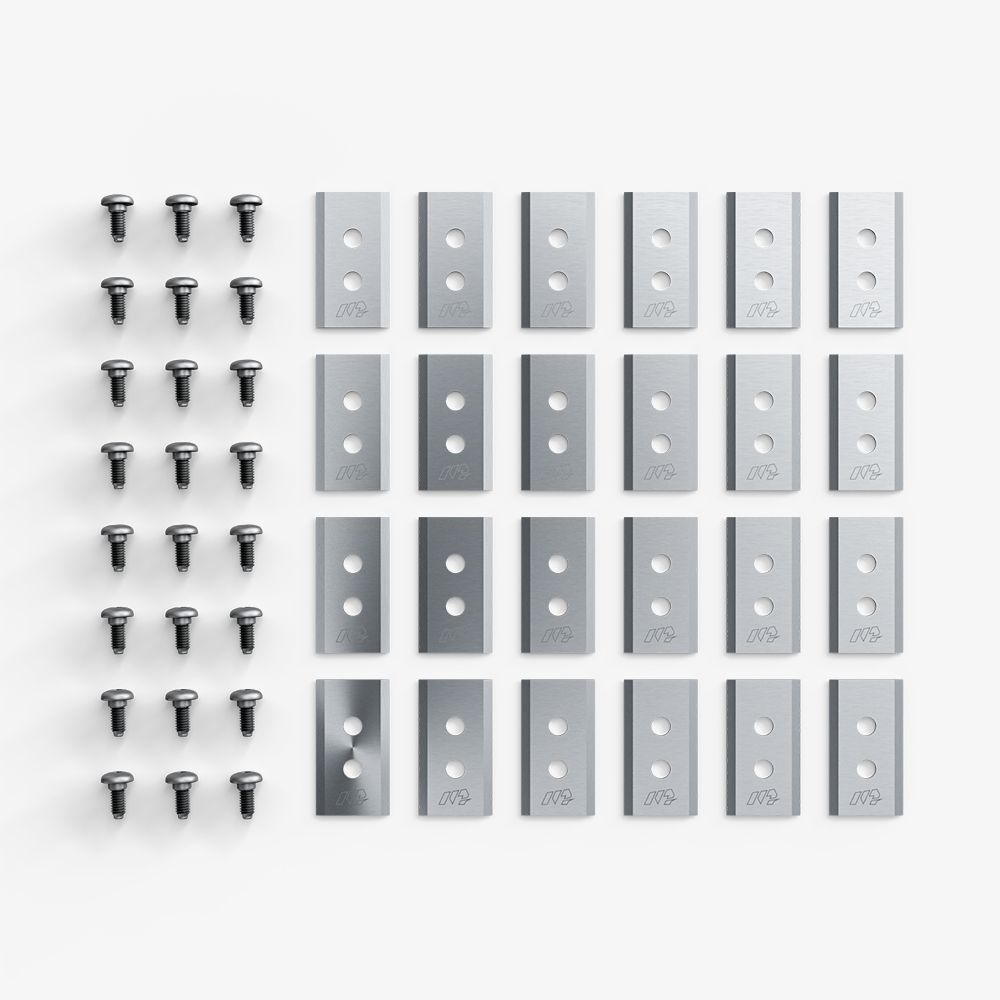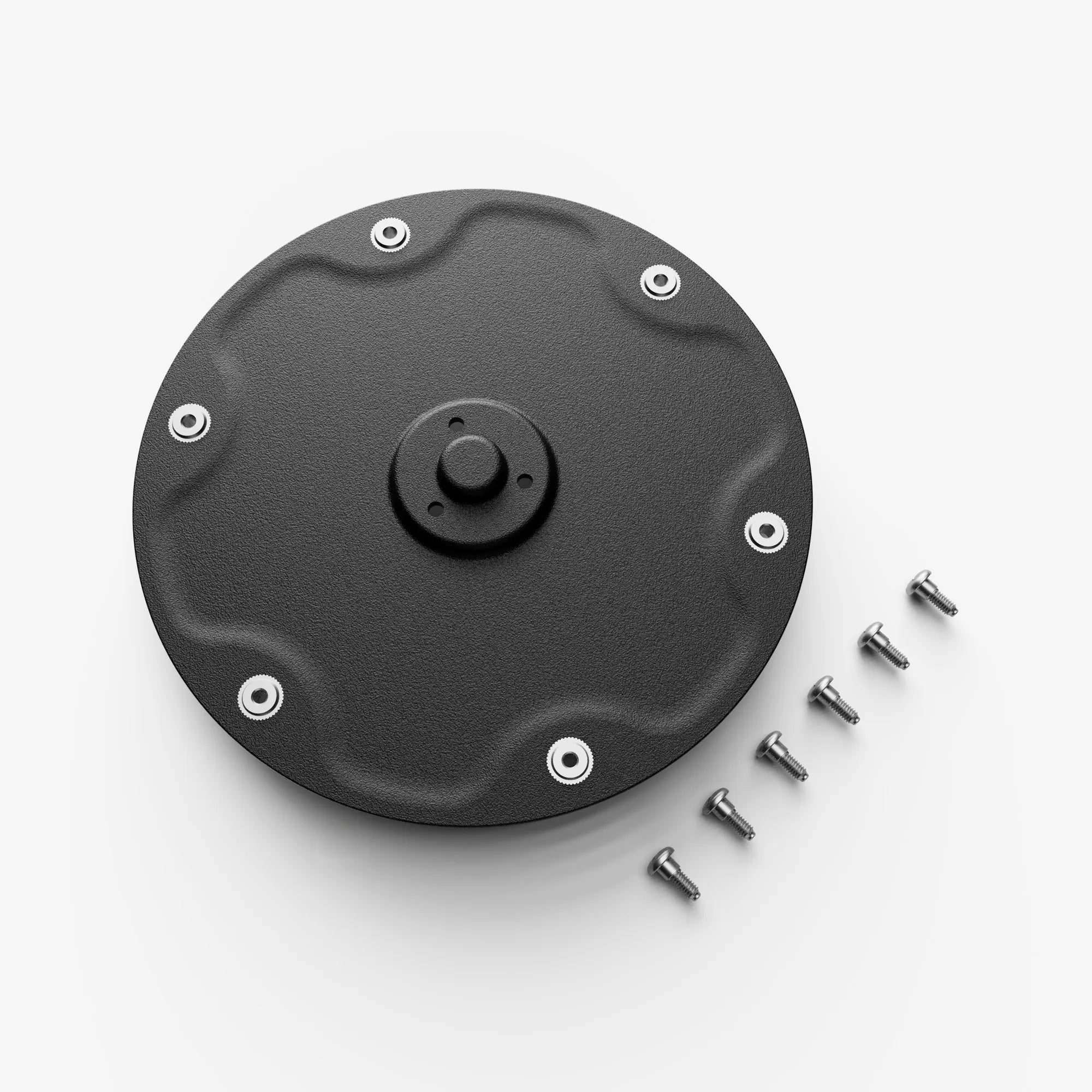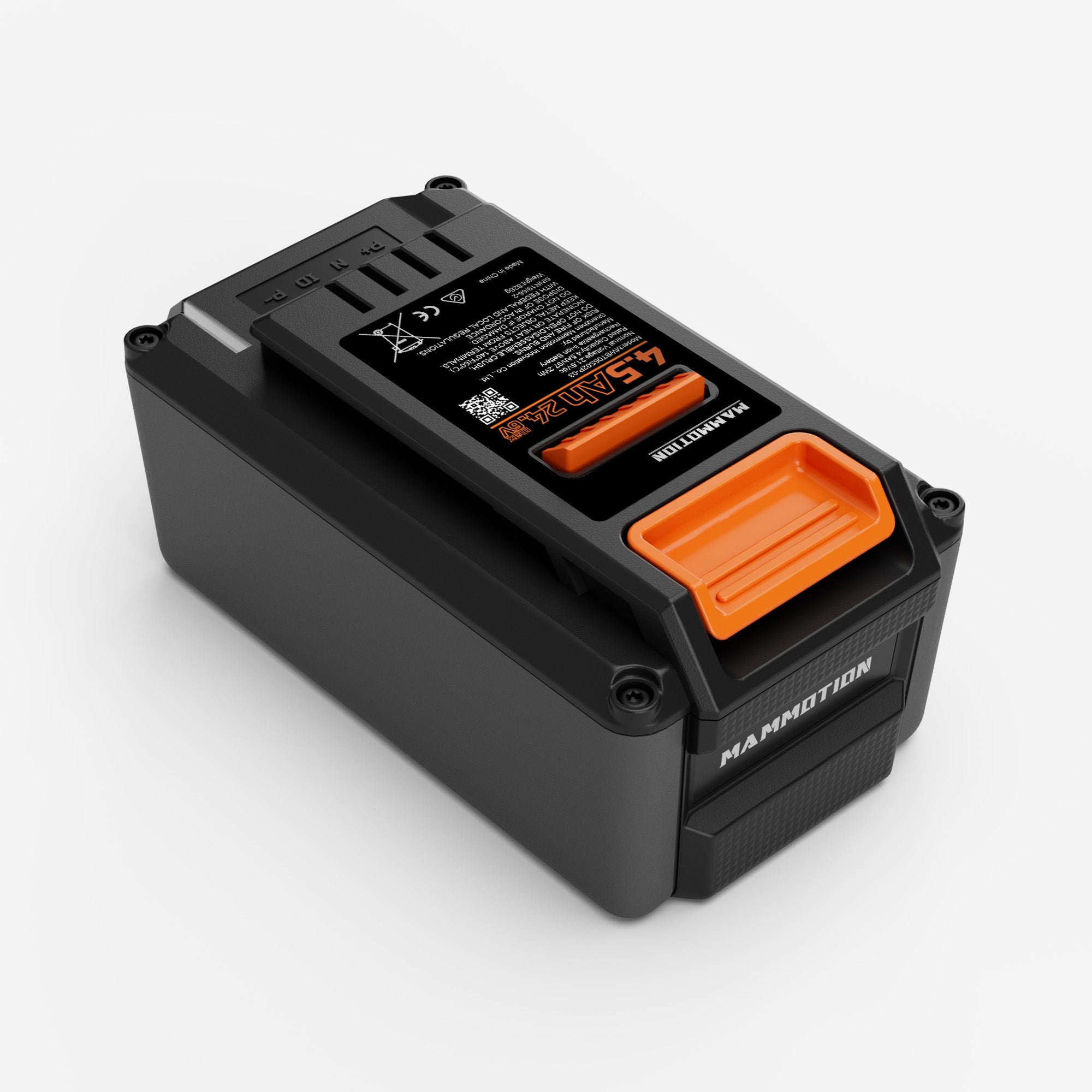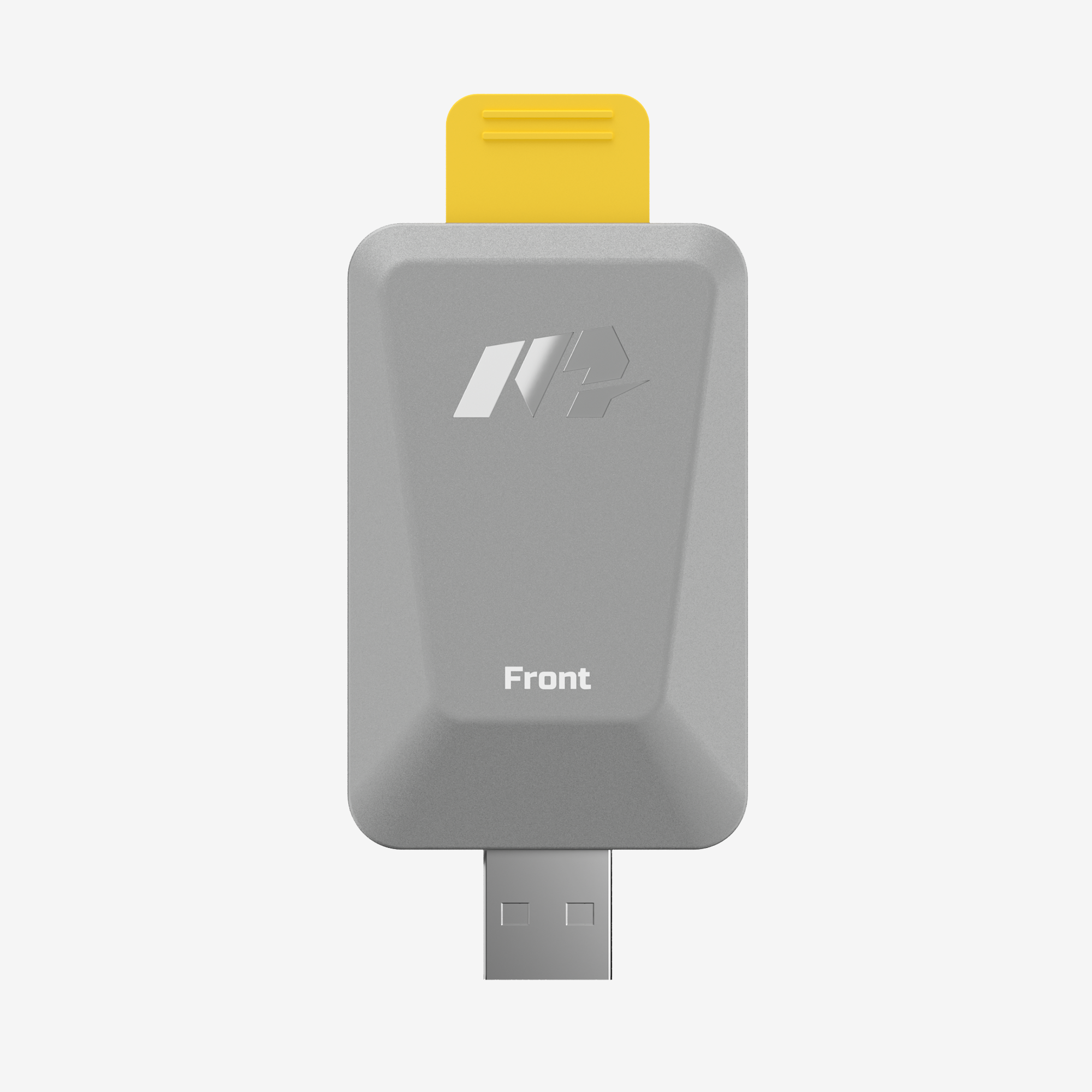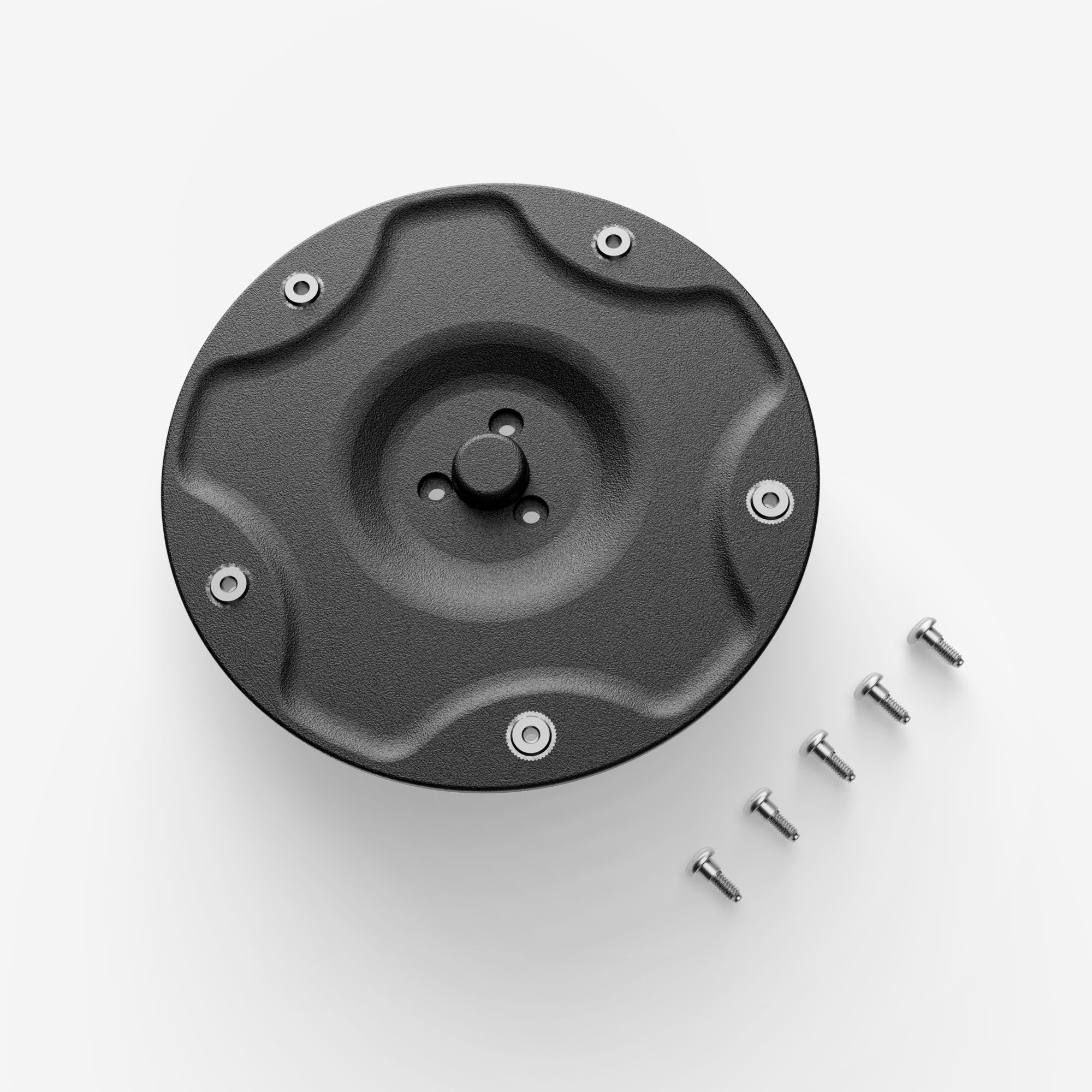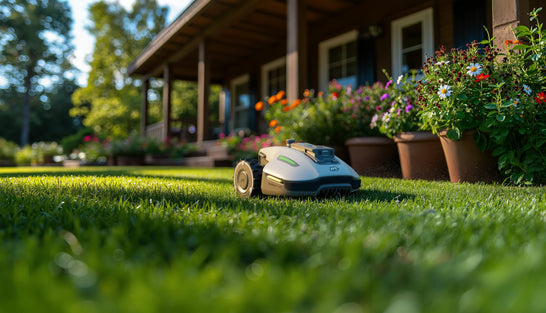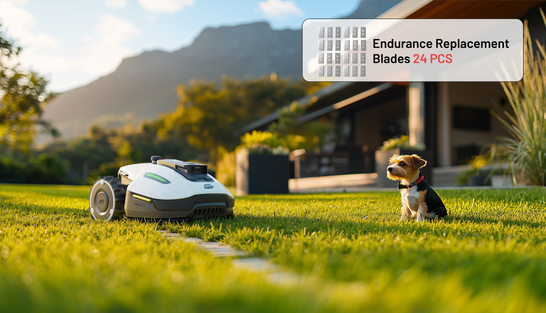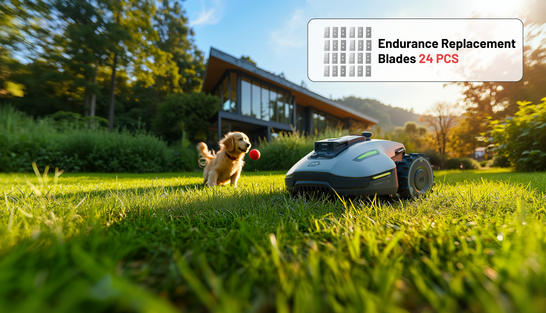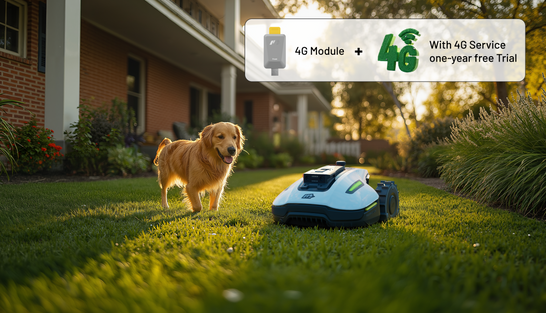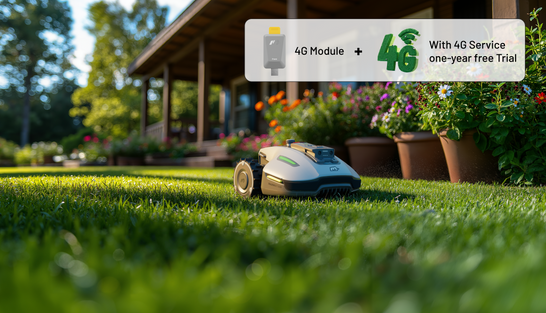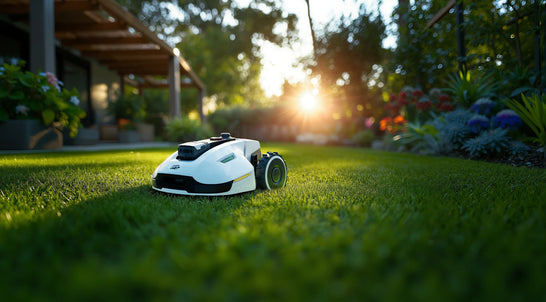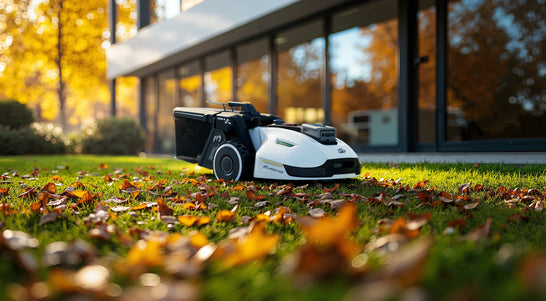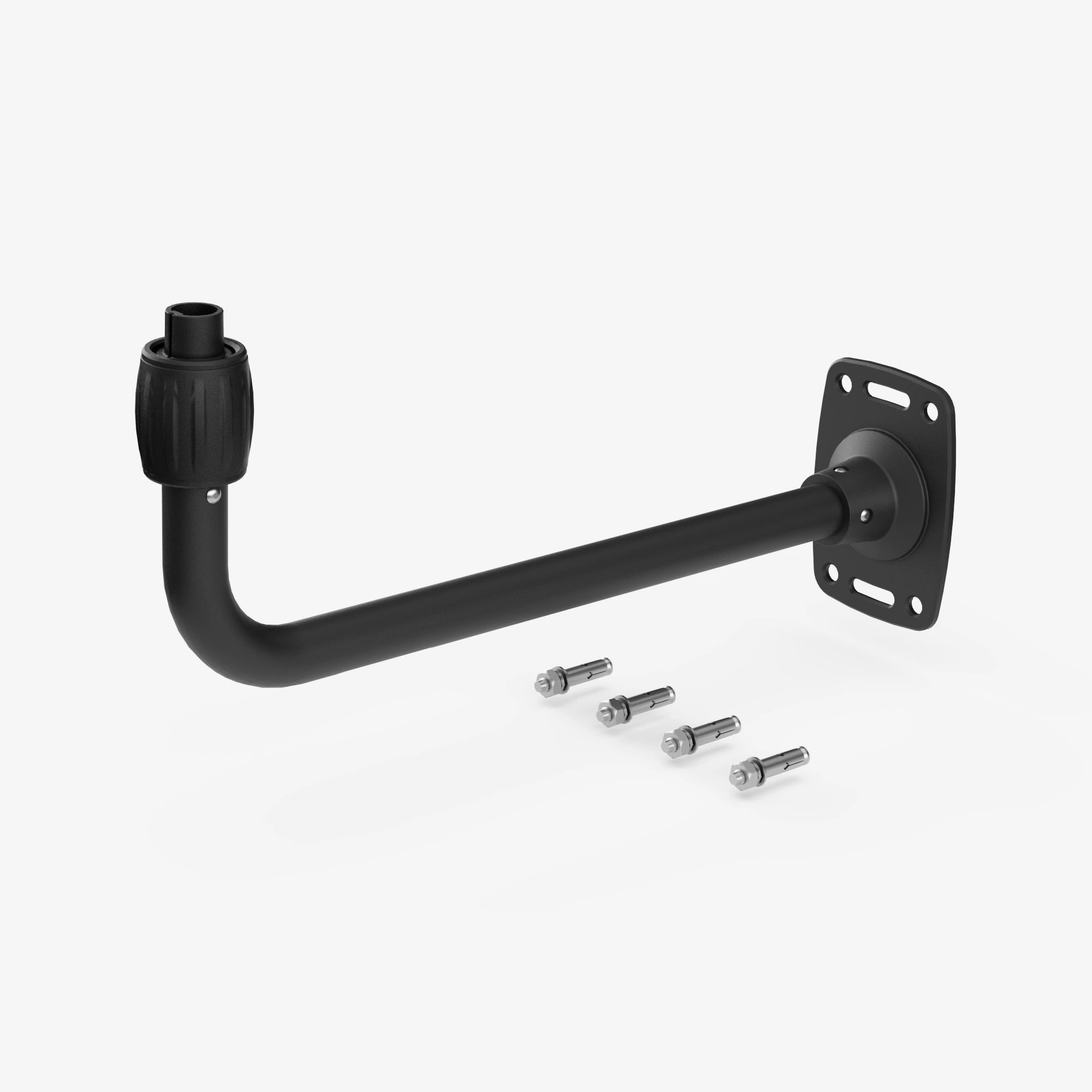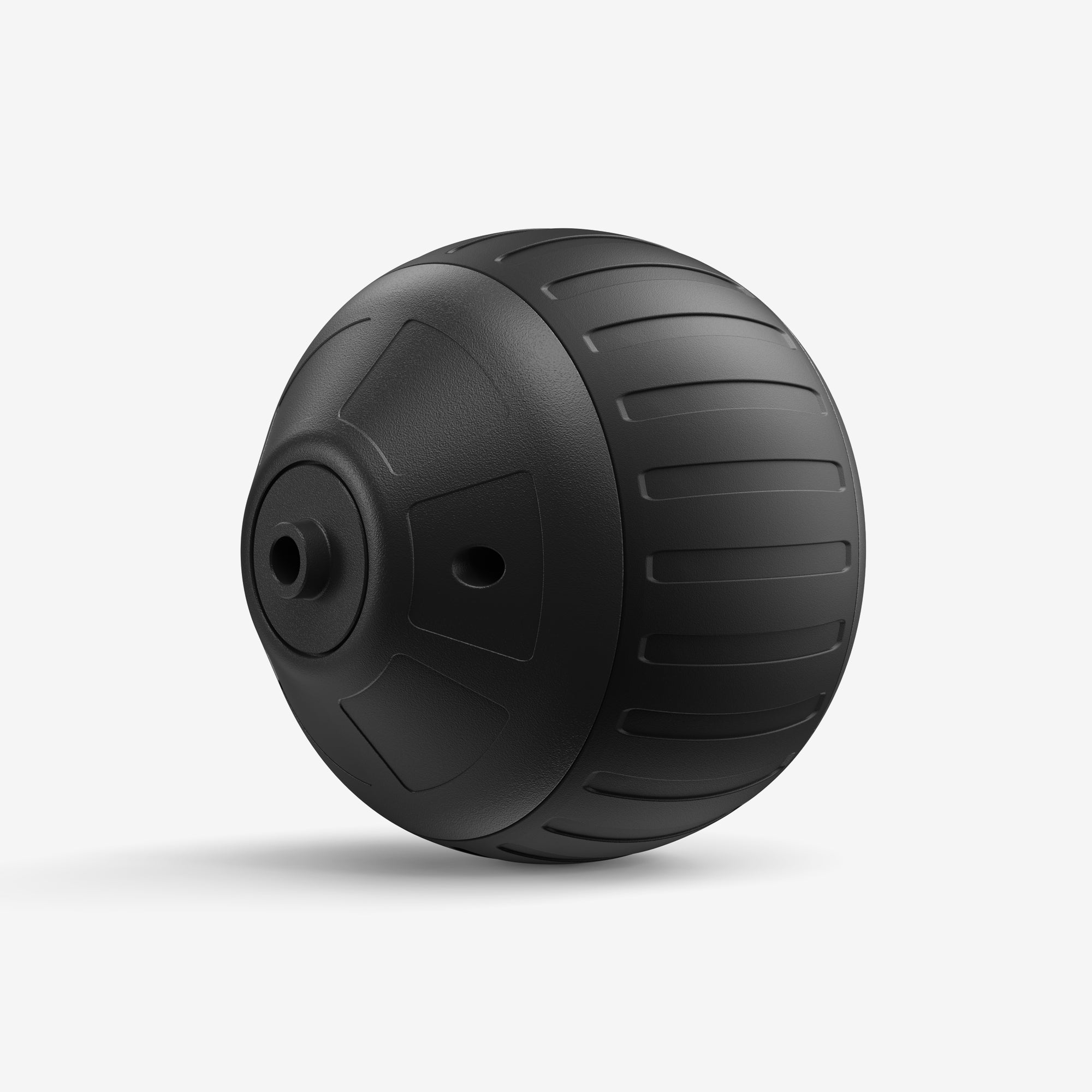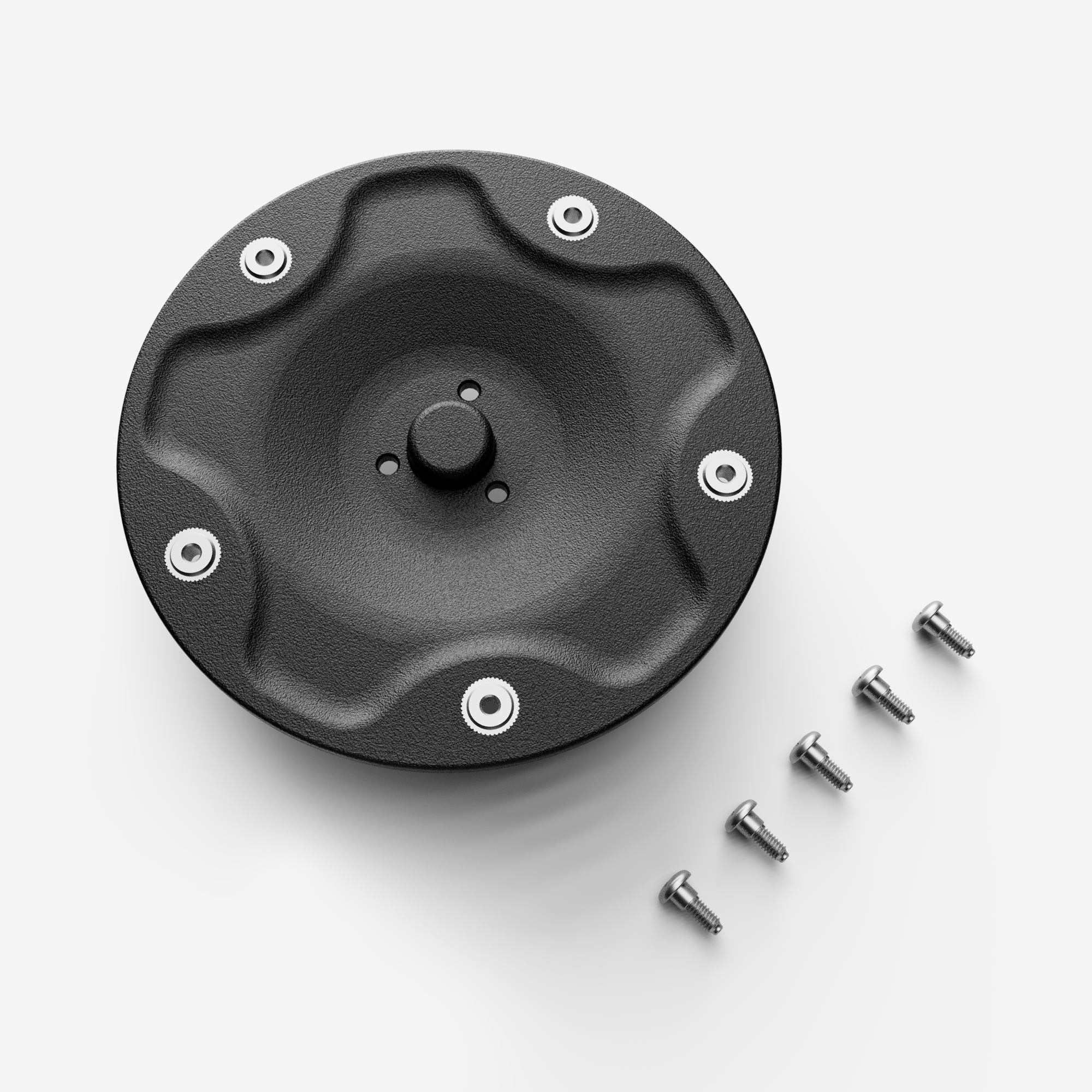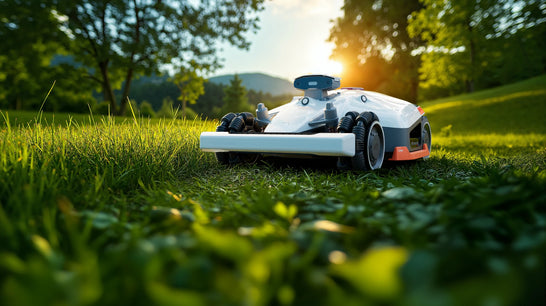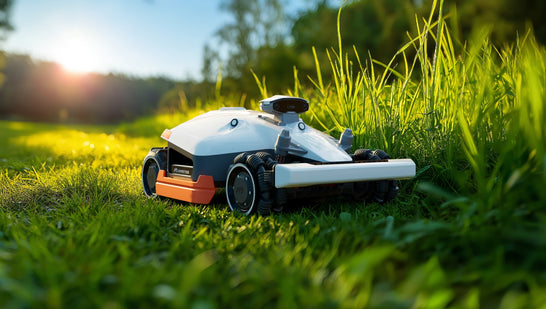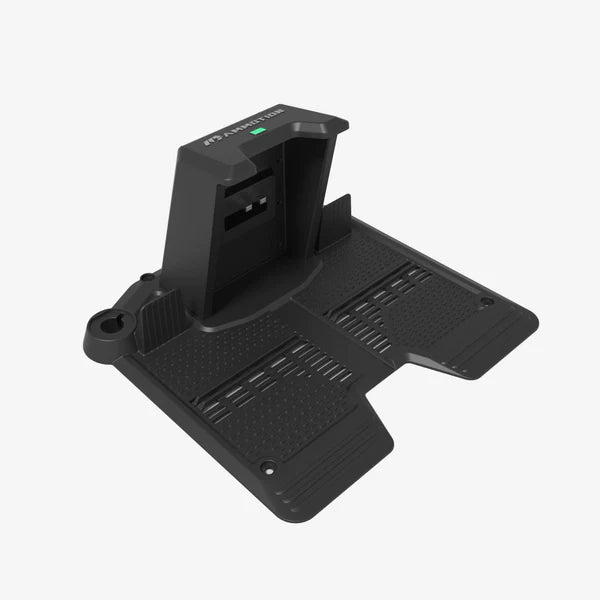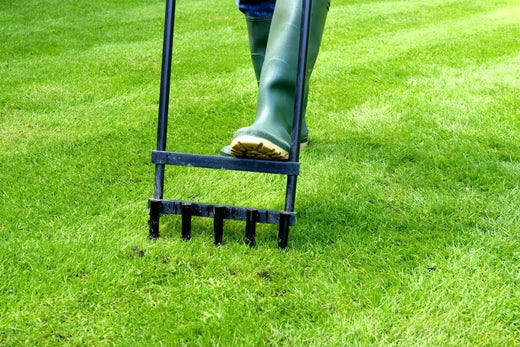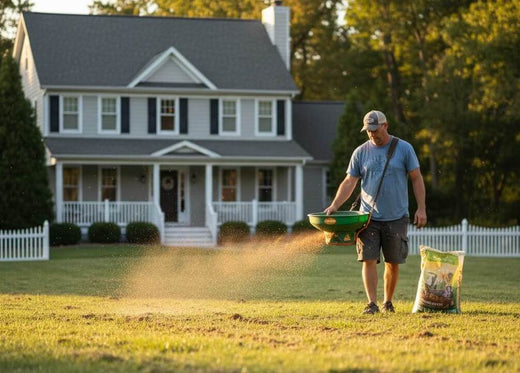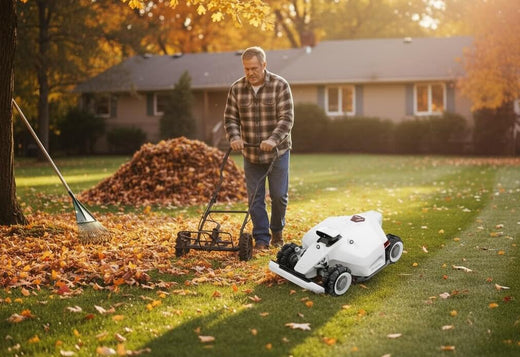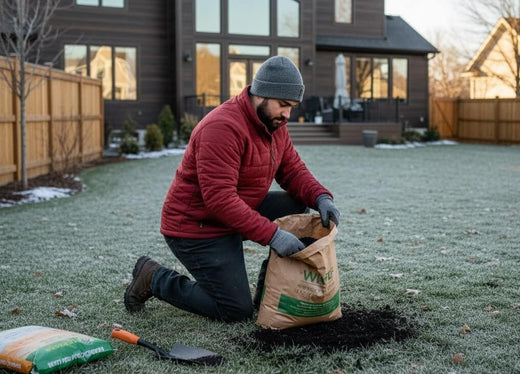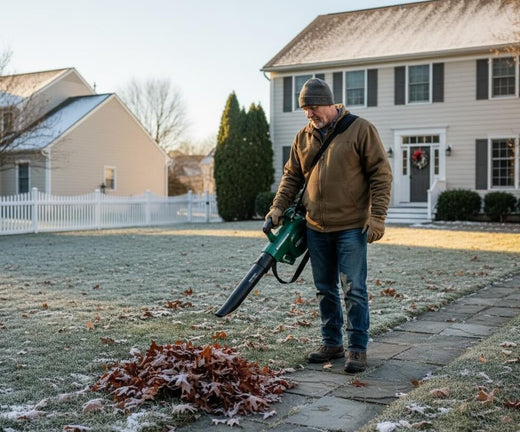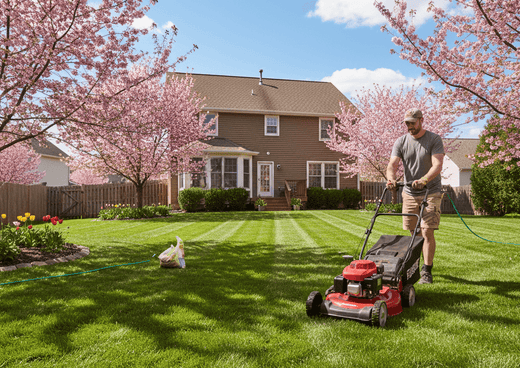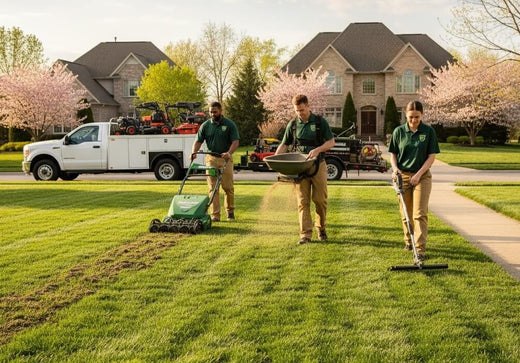What is Lawn Aeration?
Lawn aeration refers to the process of perforating or cutting small holes in the soil surface to enhance the penetration of air, moisture, and nutrients to the grass roots. This allows grass roots to more easily absorb the essential elements needed for growth, thereby boosting their health and vigor. Lawn aeration is suitable for various soil types and grass species, effectively improving lawn health and ensuring it thrives in diverse climatic conditions. Lawn aeration is an important part of fall lawn care.
Why Do Lawns Need Aeration?
Relieve Soil Compaction: Frequent foot traffic, vehicle passage, or improper maintenance can lead to soil compaction, creating barriers that limit the penetration of moisture and nutrients.
Promote Root Growth: Compacted soil inhibits the development of grass roots, resulting in thinning and declining health of the lawn. Aeration can break through these barriers, encouraging deeper root growth.
Improve Water and Fertilizer Absorption: After aeration, air, moisture, and fertilizers can more effectively reach the roots, enhancing the lawn's growth capacity.
Control Thatch Buildup: Excessive thatch can hinder the flow of moisture and oxygen. Aeration helps break down this buildup, providing a better growing environment for the lawn.
Enhance Resilience: Regular aeration helps improve the lawn's ability to withstand stress and adapt to various climatic conditions, ensuring it remains healthy and attractive.
Should You Aerate Your Lawn?
When deciding whether to aerate your lawn, pls consider the following factors:
Lawn Health: If your lawn shows signs of yellow patches, weakened grass, or slow growth, it may indicate soil compaction, and aeration can help restore its health.
Soil Type: Compaction issues are more common in heavy clay soils, making regular aeration more necessary. In contrast, sandy soils are usually looser and may not require frequent aeration.
Usage Frequency: If the lawn is frequently used by foot traffic, pets, or equipment, the soil may be prone to compaction, suggesting an annual aeration is advisable.
Thatch Thickness: If thatch exceeds 1/2 inch, it can impact lawn health. In this case, aeration should be considered to reduce thatch buildup.
Climate Conditions: In hot or dry climates, soil is more susceptible to compaction. Aeration can help improve soil condition and moisture absorption.
Timing: The best time for aeration is typically during the lawn's peak growing season. If you can schedule it during the appropriate season, the lawn will recover and grow more quickly.
When Should You Aerate Your Lawn?

The timing of lawn aeration is crucial; choosing the right moment can maximize the effectiveness of aeration. Here are some suggestions for the best times to aerate:
Types of Lawn:
- Cool-Season Grasses: The best time for aeration is early spring or early fall. During this period, the lawn is at its peak growth, and aeration can help the roots recover quickly and absorb nutrients.
- Warm-Season Grasses: It's recommended to aerate in late spring or early summer. At this time, the lawn is also in active growth, allowing it to adapt more quickly to the changes from aeration.
Get more info about Cool Season Grasses and Warm Season Grasses
Soil Moisture: Aeration is easier when the soil is slightly moist. Wet soil can reduce the stress of aeration and improve the effectiveness of the operation. Avoid aerating under overly dry or overly wet conditions.
Lawn Health: If you notice signs of compaction, such as slow growth, yellow patches, or poor water absorption, it's best to aerate as soon as possible.
Combine with Fertilization and Seeding: Aeration is the ideal time for fertilization and seeding, as the holes created during aeration allow nutrients and water to penetrate the soil more effectively.
Types of Lawn Aerators
Choosing the right lawn aerator is key to ensuring effective aeration. Here are several common types of lawn aerators:
1. Spike Aerator:
- How It Works: Uses sharp tines to poke holes in the soil, creating air channels.
- Pros and Cons: This device is simple and easy to use, but it can lead to compaction of surrounding soil and is not suitable for large lawns. It's better suited for sandy or loamy soils.

2. Slicing Aerator:
- How It Works: Equipped with rotating blades, it can cut through grass and thatch while penetrating the soil to create wider air channels.
- Pros and Cons: Compared to spike aerators, slicing aerators are more effective and do not contribute to soil compaction, making them suitable for medium to small lawns.
3. Core (Plug) Aerator:
- How It Works: Extracts soil plugs from the lawn using hollow tines, leaving holes to promote air and water flow. Note: The size of the plugs and the width and depth of the holes will vary depending on the machine used.
- Pros and Cons: This is the most professional option, effectively improving soil structure, and is especially suited for heavy soils, large lawns, and areas needing frequent aeration.
4. Liquid Aerator:
- How It Works: Sprays an enzyme solution to break down thatch and improve soil permeability.
- Pros and Cons: Inexpensive but labor-intensive, making it suitable for users with less demanding lawn care needs.
5. Mechanical Aerator:
- How It Works: Pulled by a tractor or other machinery, suitable for aerating large lawns.
- Pros and Cons: Highly efficient, but can be costly and usually requires professional operation.
What to Do Before Lawn Aeration?
Before performing lawn aeration, it's crucial to prepare adequately. This not only enhances the effectiveness of aeration but also ensures the lawn can recover quickly afterward. Here are some important steps:
Assess Lawn Condition: Carefully examine the overall health of the lawn before aeration. Look for areas that are compacted, dry, or discolored, as these typically require more attention and treatment.
Conduct Soil Testing: If possible, perform a soil test to understand the pH level and nutrient content. This will help you choose the right fertilization plan after aeration, ensuring the lawn receives the nutrients it needs.
Watering: Water the lawn moderately one or two days before aeration to keep the soil moist. Moist soil is easier to aerate and reduces resistance during machine operation. Be careful not to overwater, as this can lead to muddy conditions.
Clear the Lawn: Remove debris from the lawn, such as leaves, sticks, toys, and other obstacles before aeration. This ensures the aerator can operate smoothly and avoids damaging the lawn.
Mow the Grass: Mow the lawn to a shorter height (generally recommended to be 2 to 3 inches) before aeration. This helps the aerator make better contact with the soil while reducing stress on the lawn.
Mark Areas: If there are specific areas in the lawn, such as flower beds, trees, or other vegetation, mark them with flags to avoid damaging these areas during aeration.
Choose Appropriate Equipment: Select the right aerator based on the size and type of your lawn. Ensure the equipment is in good working condition and make adjustments as needed.
What to Do After Lawn Aeration?
After completing lawn aeration, it's essential to take appropriate follow-up measures to help the lawn recover and achieve optimal results. Here are some key steps:
Allow Soil Clumps to Break Down Naturally: After aeration, soil clumps will scatter across the lawn surface. Allowing these clumps to break down naturally can provide beneficial soil and organic matter for the lawn. If necessary, you can break them up during the next mowing.
Fertilize: Post-aeration is the ideal time to fertilize. Use high-quality lawn fertilizer, applying nutrients directly into the aeration holes, allowing grass roots to absorb nutrients more effectively and promote growth.
Seed Sparse Areas: If there are thin patches in the lawn, aeration provides the best opportunity to sow grass seeds. By seeding directly into the aeration holes, the seeds make direct contact with the soil, increasing the chances of successful germination.
Maintain Proper Watering: It's important to keep the soil moderately moist after aeration. Ensure regular watering over the next few weeks to help grass seeds germinate and roots establish. Avoid letting the soil dry out to create the best growth environment.
Minimize Activity: After aeration, try to limit foot and pet traffic on the lawn. This helps prevent the soil from compacting again, giving the lawn ample time to recover.
Regularly Monitor the Lawn: Over the next few weeks, regularly check the lawn’s growth progress. Observe whether the lawn is recovering well and determine if additional fertilization or other maintenance measures are needed.
FAQ:
1. How do I aerate my lawn myself?
To aerate your lawn yourself, choose a moist day and use a core aerator for best results. Mow your grass to 2 to 3 inches, remove debris, and then walk across your lawn in a staggered pattern, creating holes about 3 to 4 inches apart.
2. Does lawn aeration really work?
Yes, lawn aeration effectively relieves soil compaction, promotes water and nutrient absorption, and improves lawn health.
3. What is the best month to aerate my lawn?
The best time depends on the grass type: cool-season grasses in early spring or early fall, and warm-season grasses in late spring or early summer.
4. What does an aerator do for your lawn?
The aerator creates holes in the soil, allowing air, water, and nutrients to penetrate better into the roots.
5. What are the disadvantages of lawn aeration?

